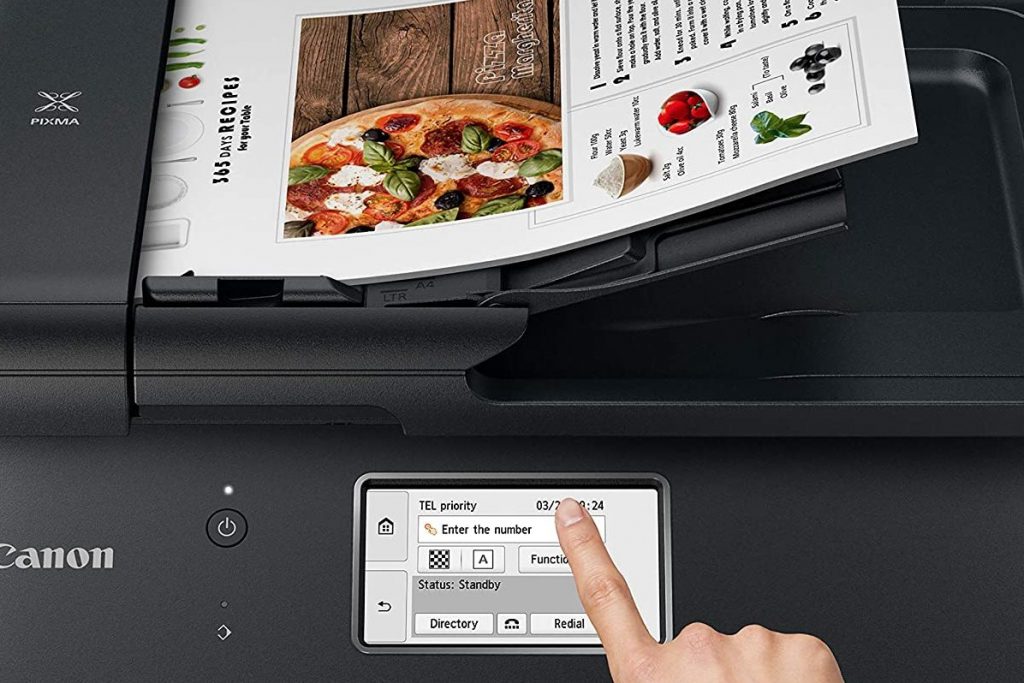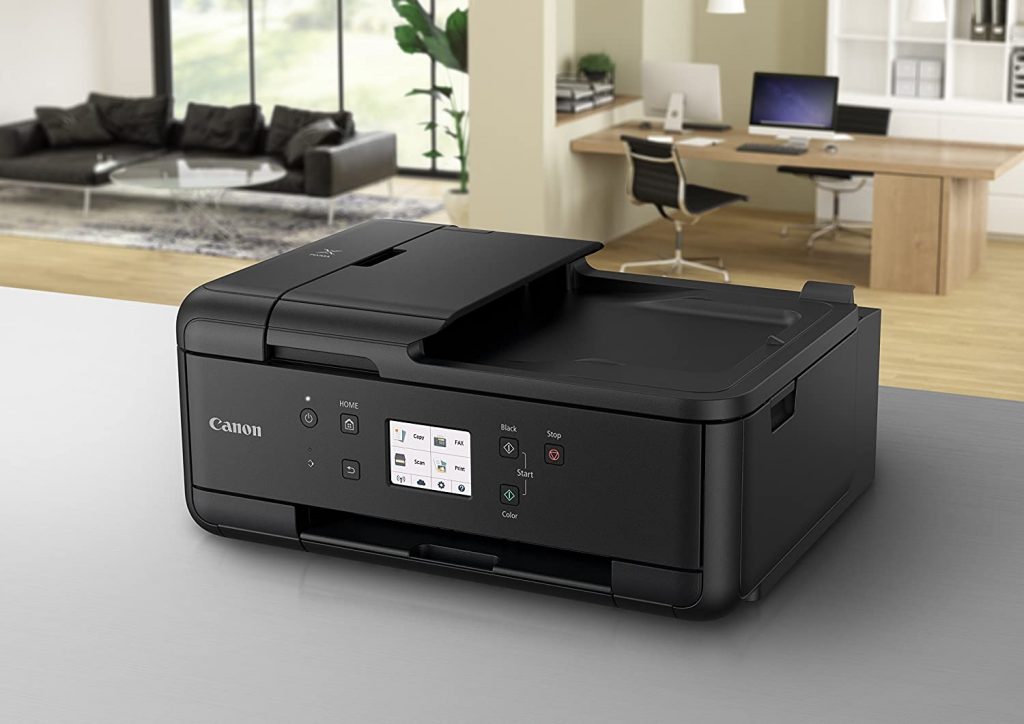Canon Is Telling People How To Hack Its Printers
Canon is now telling its customers how to hack its printers due to sustaining chip shortages.
This article is more than 2 years old

A worldwide shortage of semiconductor chips has had an impact on everything from video games to computers to automobiles. The chips are made up of tiny transistors made of silicon, which can be found in almost all minerals on the planet. They enable computers, printers, smartphones, appliances, and automobiles to operate. With chips being in such short supply, printer manufacturer Canon has been forced to omit many from its products and as a result, is now telling its customers how to hack its devices so they can still use them.
Digital rights management systems have been installed on Canon’s and other companies’ printers for years. These systems prevent customers from purchasing third-party ink and toner cartridges. This is why printer companies usually require the use of chip-enabled cartridges, which are said to “improve the quality and performance” of printers while also enhancing the overall user experience. Printer manufacturers also claim that chip-enabled cartridges and digital rights management systems guard printers from counterfeit and third-party ink cartridges.
“Due to the worldwide continuing shortage of semiconductor components, Canon is currently facing challenges in procuring certain electronic components that are used in our consumables for our multifunction printers (MFP),” it reads on a German Canon support website. This issue along with others has made it difficult to guarantee a consistent and stable supply of cartridges until the normal supply resumes, Canon has opted to distribute consumables that do not contain a semiconductor component.
The chip found in ink cartridges alerts the Canon printer when toner levels are low. Without the chip, the printer will state it doesn’t know how much ink is inside the cartridge, and therefore will think it’s zero or empty. As a result, the printer will refuse to print, which obviously, is a valuable function of the printer. This ink-level-identifying feature is extremely useful, but it’s also one that printer companies frequently exploit to lock out third-party cartridges.
Manufacturers usually insert chips into various parts of printers (like ink cartridges) to “authenticate” the ink. But really all this does is compel the use of first-party cartridges. Manufacturers, on the other hand, can find themselves in a jam when chips are in low supply, as they are right now. As a result, Canon is now instructing German consumers on how to circumvent third-party cartridge warnings on their printers.

However, it goes unmentioned that requiring the use of first-party cartridges ensures a regular revenue source for printer companies. It’s a classic business model—Gillette, for example, sells cheap razor handles to sell more razors—and one that printer companies have enthusiastically adopted. Users are basically required to purchase first-party ink and toner by Lexmark, HP, Canon, Brother, and others if they want to use certain types of printers.
Canon printers are not confirming the legality of Canon ink cartridges, causing a social media backlash while the Japanese business seeks to secure the semiconductor chips that validate them. And due to a lack of chips, Canon is instructing owners of its imageRUNNER large-office printers on how to get around the company’s own precautions against cartridges that don’t include chips. These printers’ software includes a rather simple approach to get around the chip checks.
A total of 19 of Canon’s printer models are vulnerable, necessitating the workaround. On Canon’s official website, instructions explain how and why users should disregard warnings that previously prohibited them from using non-Canon ink. Click here to go to the Canon website for instructions on how to navigate the workaround.




